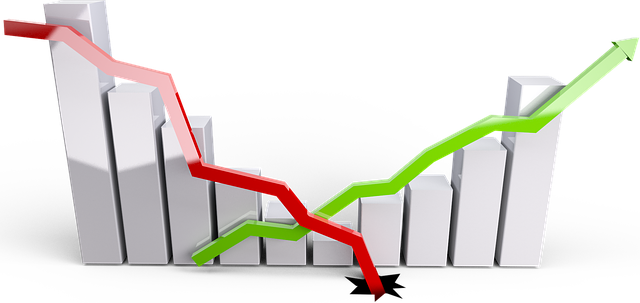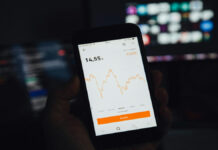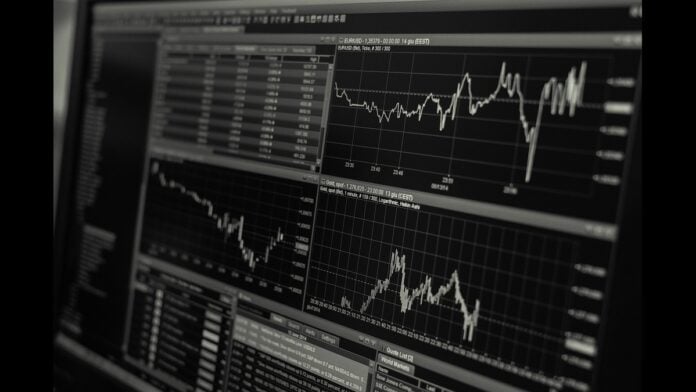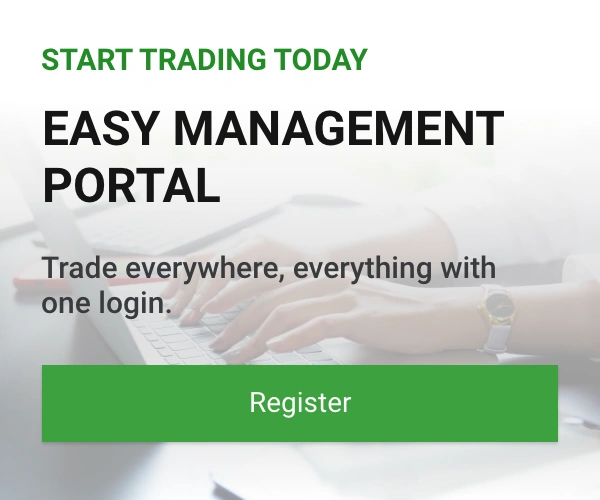The pips that make up the spread with examples and account suggestions.
In Forex trading, understanding the Spread is paramount. It defines the trading costs and significantly impacts your profitability.
What Is Spread?
At its core, the spread signifies the disparity between the bid (selling) and ask (buying) prices for a currency pair. It’s the fee paid to the broker for facilitating your trades.
Calculating Spread in Forex: Measuring in Pips
Spreads in Forex is predominantly measured in pips, which stands for “percentage in point,” representing the smallest price movement. A pip often aligns with the smallest price movement, also known as a tick.
Pip and Tick Rate Relation: For many currency pairs, one pip equates to a movement of 0.0001 in the exchange rate. However, for pairs involving the Japanese yen, a pip is the second decimal place (0.01 movement).
Example: Bid and Ask Spread: For EUR/USD, if the bid price is 1.2000 and the ask price is 1.2005, the spread would be 5 pips.

Understanding the Fractional Component of a Pip
Forex also considers fractional parts, referred to as pipettes, representing a fraction of a pip movement, crucial for precise price changes.
Fractional Pip Representation: While one pip is a full unit of price movement, fractional pips represent smaller movements, typically denoted by the fifth and further decimal places.
Example: Fractional Pip and Bid/Ask Spread: For USD/JPY, if the bid price is 110.250 and the ask price is 110.255, the spread would be 0.5 pips (or 5 pipettes).
You can check out our previous article on our economic blog on what influences the Forex Markets now
Bid and Ask Spreads When Opening and Closing Trades
When opening a trade, the bid-ask difference represents an immediate cost that traders incur. It’s the difference between the buy and sell price, where entering at the ask price incurs the cost.
When closing a trade, the spread influences the overall profit or loss realized from the trade. Exiting at the bid price after buying at the ask price entails considering the spread cost again.
Factors Influencing Spread
Various factors impact spread dynamics in the Forex market:
- Market Volatility: A volatile market tends to widen spreads.
- Liquidity: More liquid pairs usually have narrower spreads.
- Economic News: Major news releases can cause spreads to widen temporarily.
- Broker Policies: Different brokers offer varying spreads influenced by their execution models.

Account Types and Spread Variations
Premium Type (Floating)
- Features: Variable spreads that fluctuate with market conditions.
- Pros: Typically offer tighter spreads during optimal market conditions.
- Cons: Spreads may widen significantly during volatile periods.
Fixed Type Account
- Features: Consistent spreads, providing stability in trade costs.
- Pros: Predictable costs, ideal for traders averse to variable spreads.
- Cons: Spreads remain constant, potentially higher than floating spreads.
Zero Account (Commission-Based)
- Features: No markup on spreads, compensated through commissions.
- Pros: Transparency with no hidden costs from markups.
- Cons: Higher commission charges may offset apparent benefits.
Micro and Islamic Accounts
- Micro Accounts: Cater to beginners with smaller trade sizes and similar spreads to Premium accounts.
- Islamic Accounts: Designed for adherents of Islamic law, offering no roll-over interest, but spread structure akin to other account types.
Selecting the ideal account type hinges on your trading strategy and risk tolerance. Consider your trade frequency, preferred currency pairs, and comfort with varying spreads.
A quick comparison of our available Forex trading accounts is available here for your own convenience












